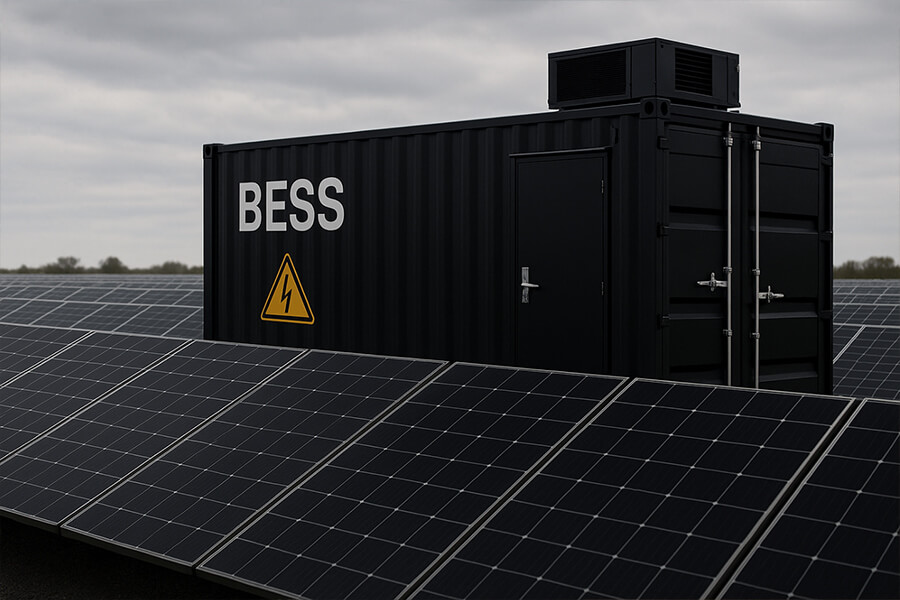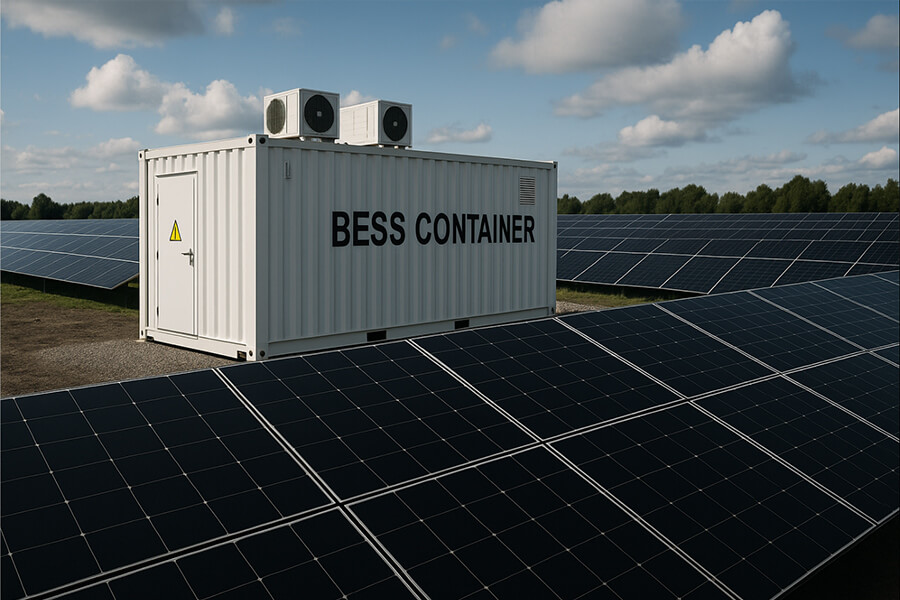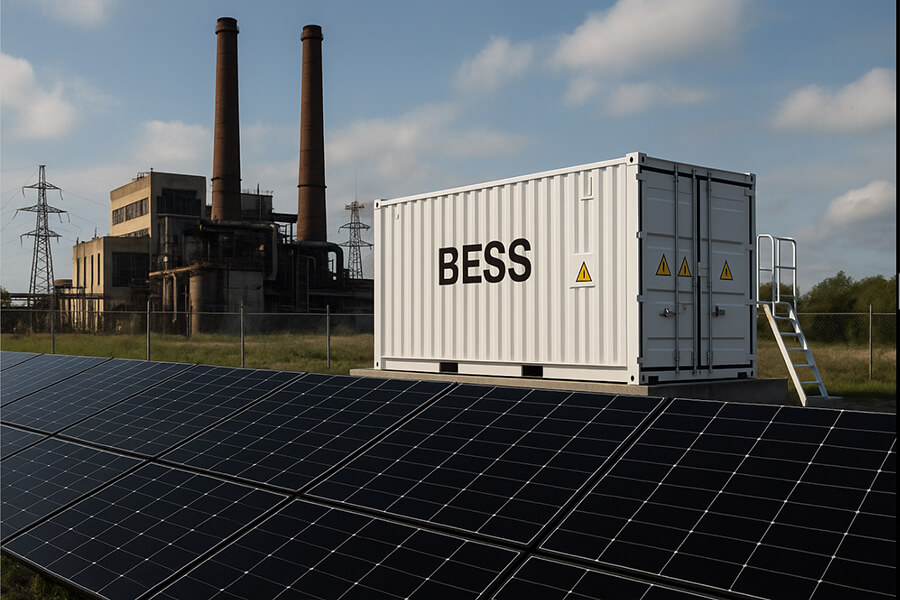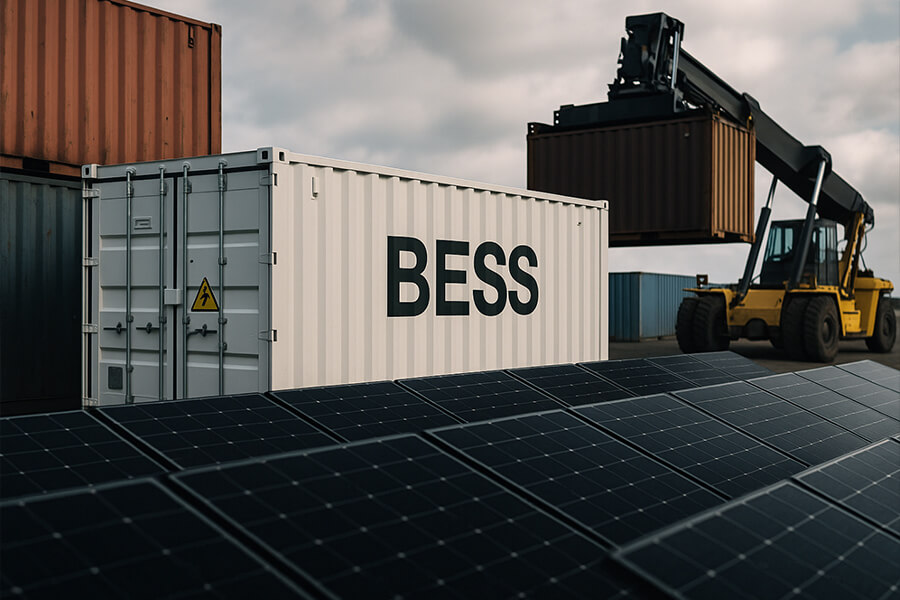Introduction
In an era of increasing environmental awareness and a growing demand for sustainable energy solutions, residential home solar systems have emerged as a popular choice for homeowners looking to reduce their carbon footprint and lower energy bills. Among the various types of solar systems, interconnectable or “interconnected” home solar systems have gained significant attention. In this article, we will explore the concept of interconnected residential solar systems and their benefits.
Interconnected Home Solar Systems Explained
Interconnected home solar systems, also known as grid-tied solar systems or net-metering systems, are designed to work in conjunction with the traditional electric grid. Unlike off-grid solar systems that operate independently, interconnected systems are connected to the local utility grid. This connection allows homeowners to harness solar energy while still being able to draw power from the grid when needed.
Key Components
Solar Panels: The heart of any interconnected solar system is the solar panels, which capture sunlight and convert it into electricity through photovoltaic cells. These panels are typically installed on rooftops or in open areas with maximum sun exposure.
Inverter: Solar inverters play a crucial role in the system by converting the direct current (DC) electricity generated by the panels into alternating current (AC) electricity, which is compatible with household appliances and the grid.
Metering System: A bidirectional meter is installed to measure the electricity produced by the solar panels and the electricity consumed from the grid. This meter tracks the flow of energy in both directions.
How Interconnected Systems Work
During the day when the sun is shining and the solar panels are producing electricity, any excess energy generated is fed back into the grid. This surplus energy is credited to the homeowner’s account, effectively spinning the meter backward. In the evening or on cloudy days when solar production is insufficient, the homeowner draws electricity from the grid. The meter records this consumption, and the homeowner is billed accordingly.
Benefits of Interconnected Home Solar Systems
Cost Savings: Interconnected systems allow homeowners to reduce their reliance on the grid, resulting in lower electricity bills over time. Excess energy production can even lead to credits or payments from the utility company.
Environmental Impact: By utilizing clean, renewable energy sources like solar power, interconnected systems help reduce greenhouse gas emissions and contribute to a more sustainable future.
Grid Reliability: These systems enhance grid stability by providing electricity during peak demand periods and reducing strain on the grid. In some cases, interconnected systems can even provide power during grid outages when equipped with battery backup solutions.
Return on Investment: The initial cost of installing interconnected solar systems is offset by long-term savings, making it a wise financial investment for homeowners.
Incentives and Rebates: Many governments and utilities offer incentives, tax credits, and rebates to encourage the installation of solar systems, further improving the financial viability of interconnected systems.
Conclusion
Interconnected residential home solar systems represent a significant step towards a more sustainable and cost-effective energy future. They empower homeowners to harness the power of the sun, reduce their carbon footprint, and enjoy long-term savings on their electricity bills. As technology continues to advance and incentives grow, interconnected solar systems are likely to become an even more prevalent and accessible choice for homeowners around the world. Embracing this renewable energy solution not only benefits individuals but also contributes to the broader goal of mitigating climate change and building a greener planet for future generations.
If you want to customize your own photovoltaic solution today, please contact us.




